This year is a boom time for comets. Not only did we have the interstellar object 3I/ATLAS gracing our skies (and Mars’) earlier this year, but now we have another brand new comet to look out for.
Expected to be at its brightest on…
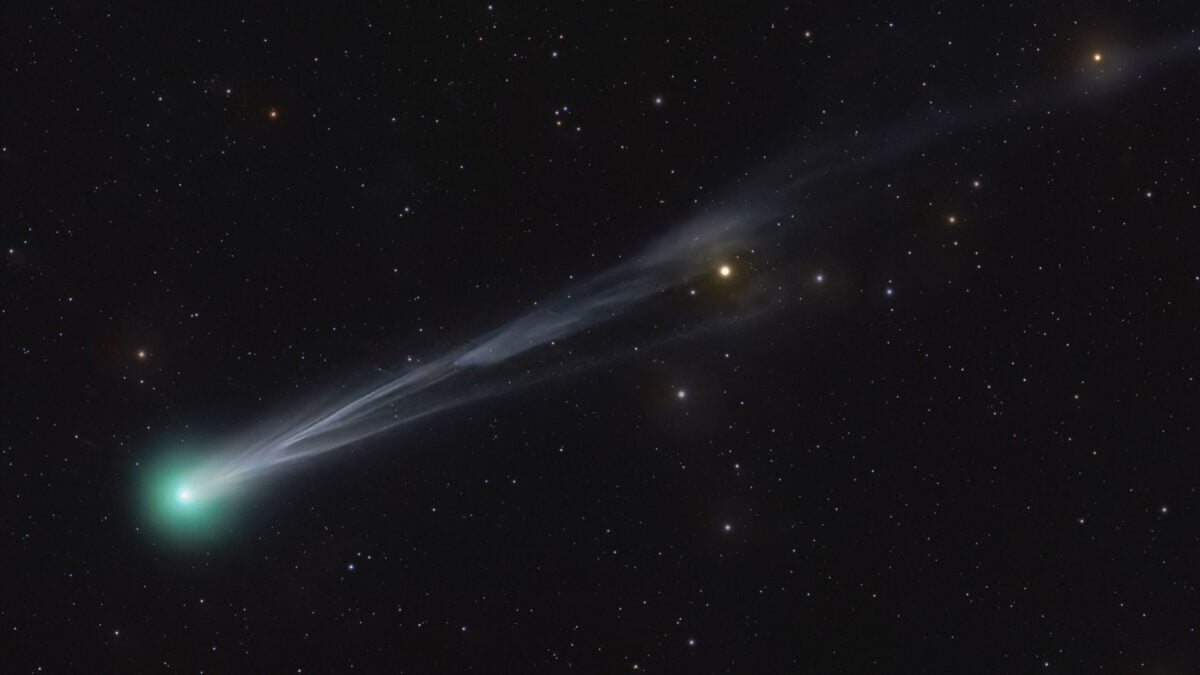
This year is a boom time for comets. Not only did we have the interstellar object 3I/ATLAS gracing our skies (and Mars’) earlier this year, but now we have another brand new comet to look out for.
Expected to be at its brightest on…
13/10/2025
6 views
0 likes
A dedicated OSIP Campaign has been launched where ESA invites European entities to signal non‑binding…
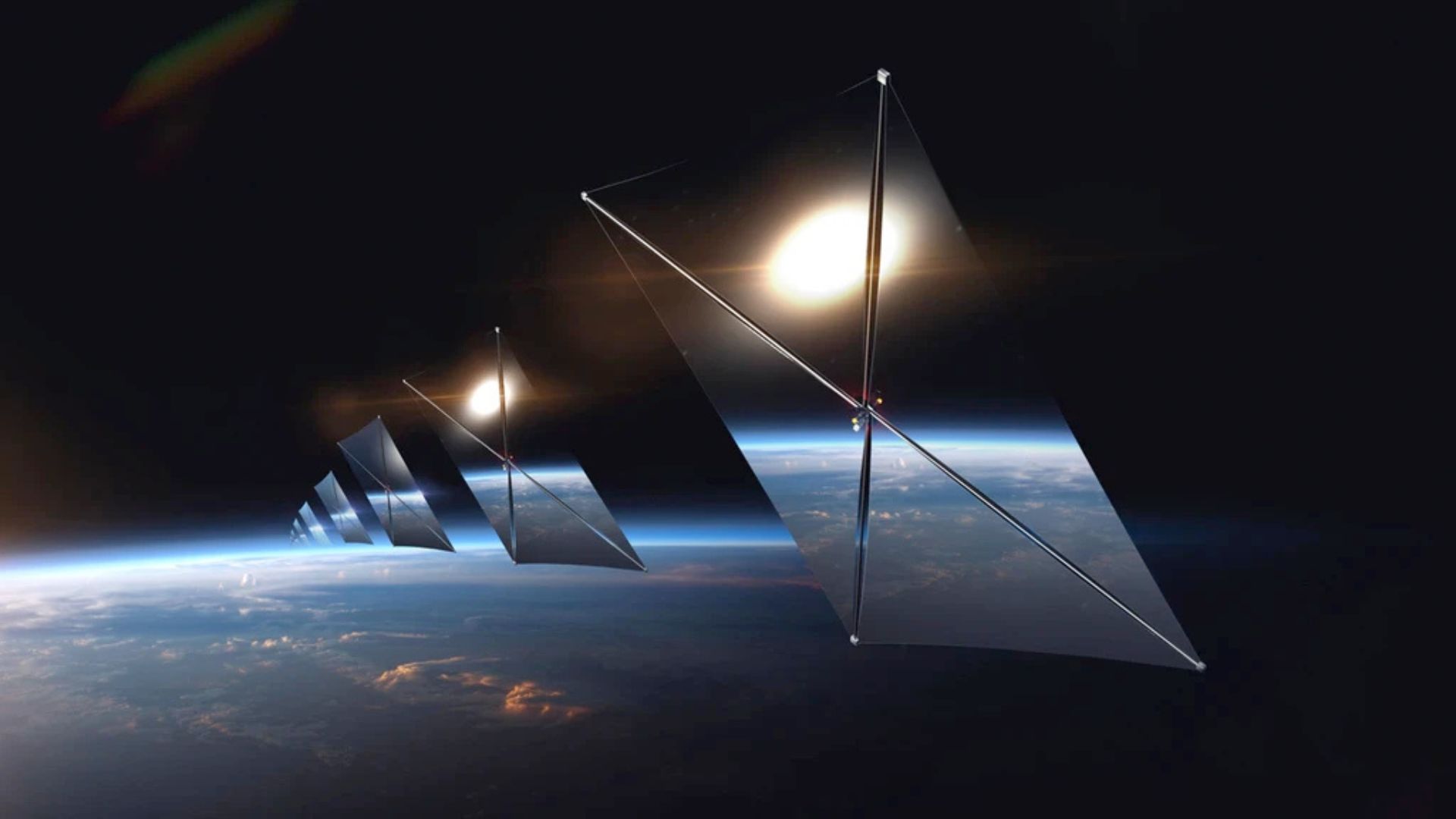
An ambitious proposal by US startup Reflect Orbital has astronomers and environmentalists deeply concerned.
The California-based company plans to deploy a massive constellation of satellites designed to beam “sunlight on demand” to…
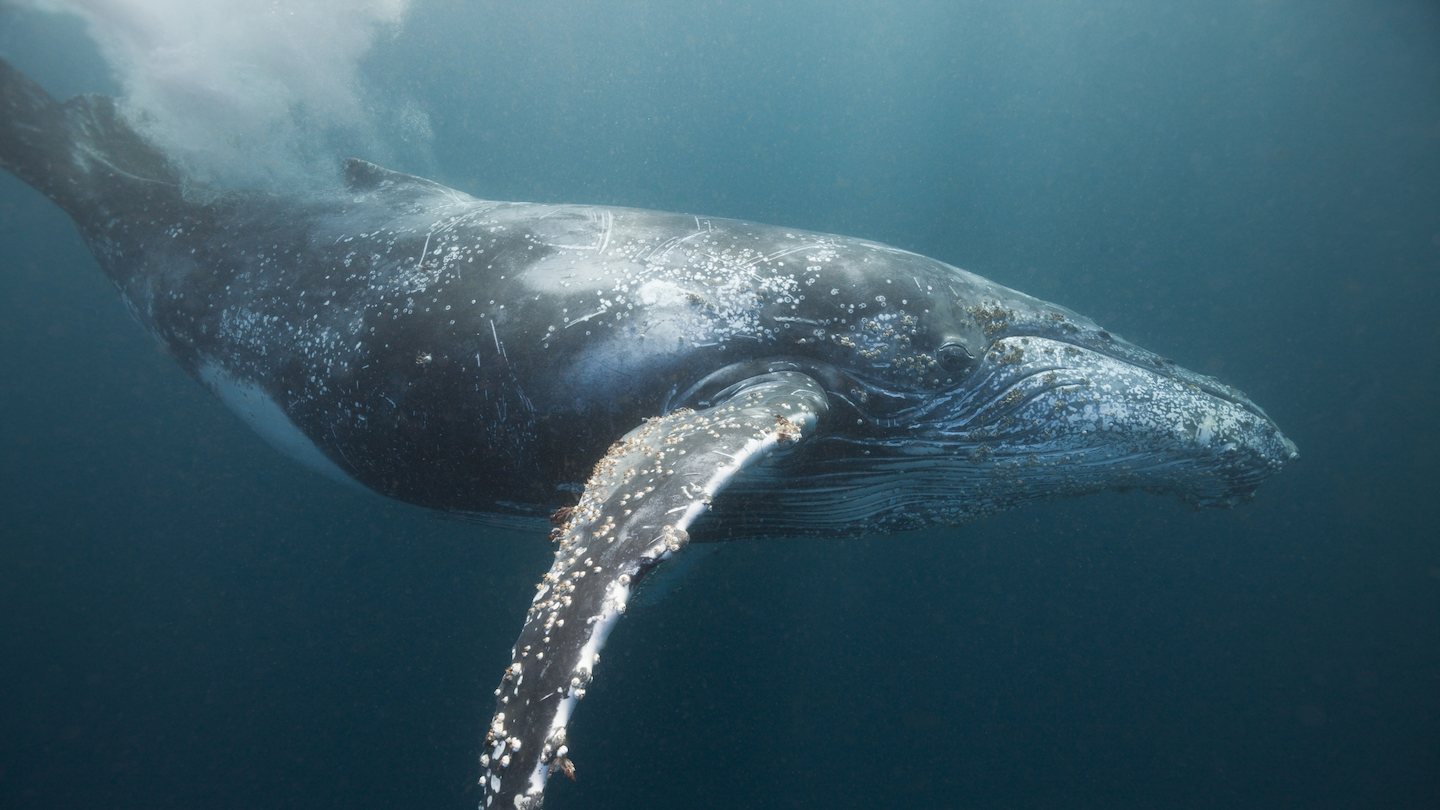
air pressure: The force exerted by the weight of air molecules.
atmosphere: The envelope of gases surrounding Earth, another planet or a moon.
earthquake: A sudden and sometimes violent shaking of the ground, sometimes causing great…
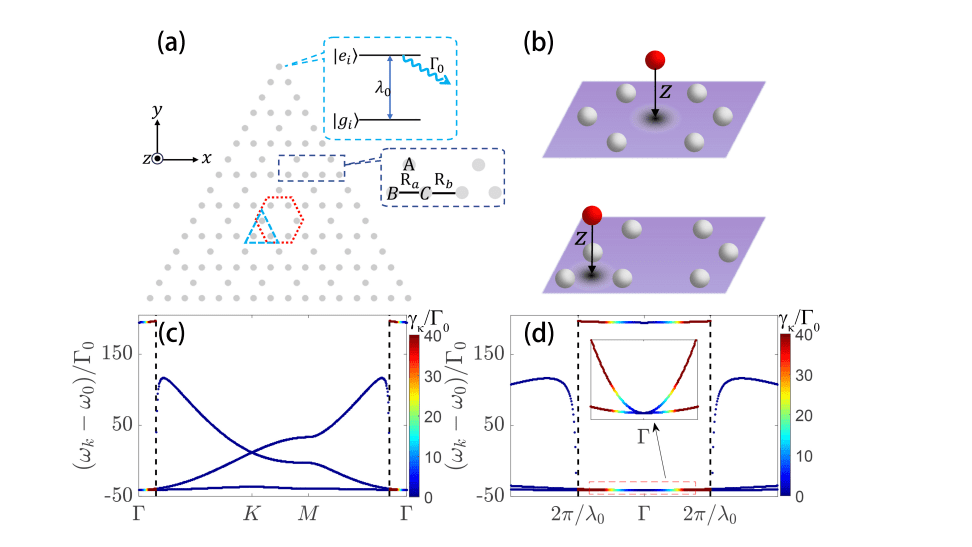
Atomic metasurfaces represent a promising avenue for integrating complex physical phenomena into nanoscale photonic systems, and a team led by Yi-Xin Wang and Yan Zhang from Northeast Normal University, alongside Lei Du and Lingzhen Guo from…

Everywhere you go, you carry a population of microbes in your gastrointestinal tract that outnumber the human cells making up your body.
This microbiome has important connections to health in your gut, brain and immune system. Some…
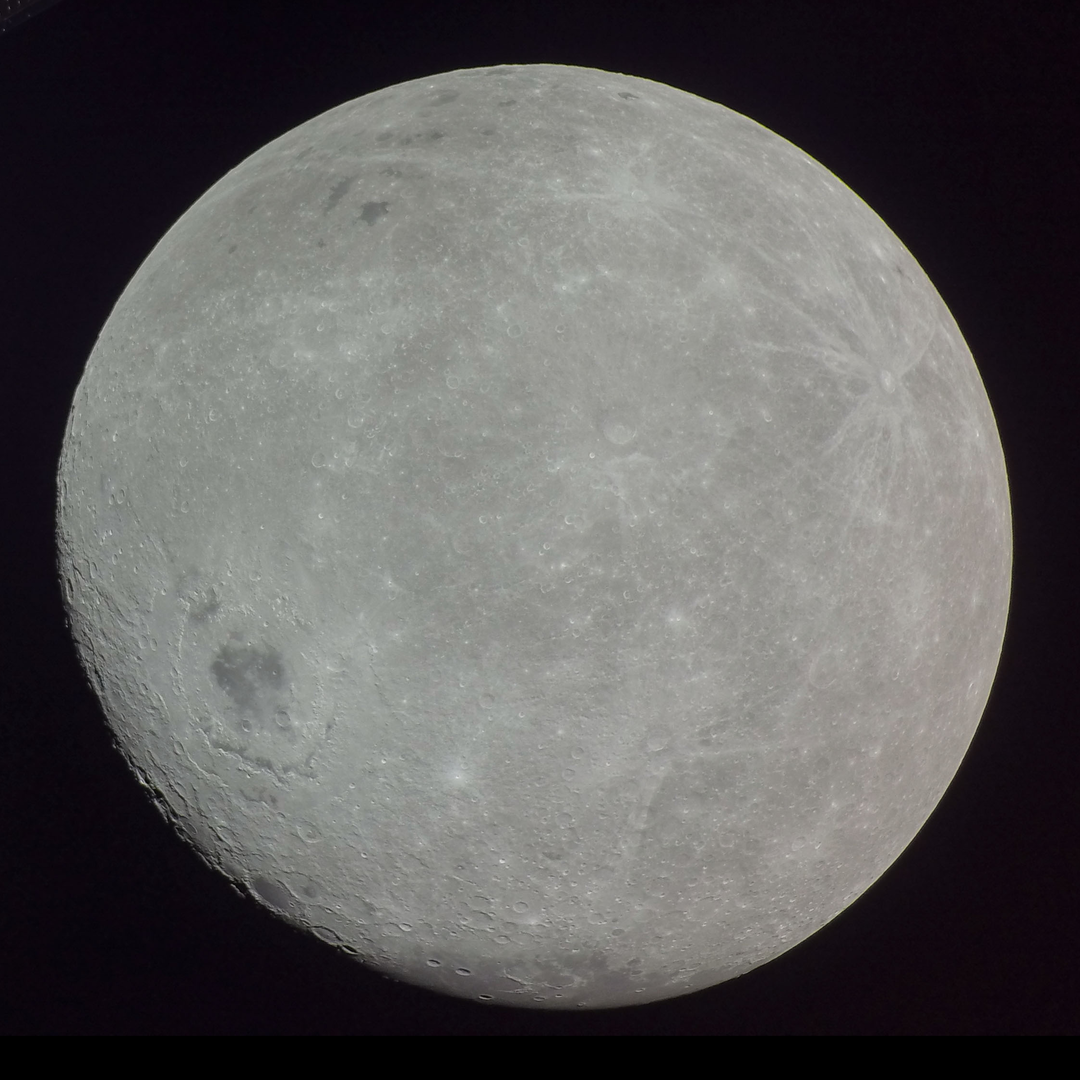
The gravitational interaction between the Earth and Moon has led to one hemisphere of the Moon being locked facing away from Earth. Don’t be misled though, the Moon does rotate, it just takes as long to rotate once on its axis as it…
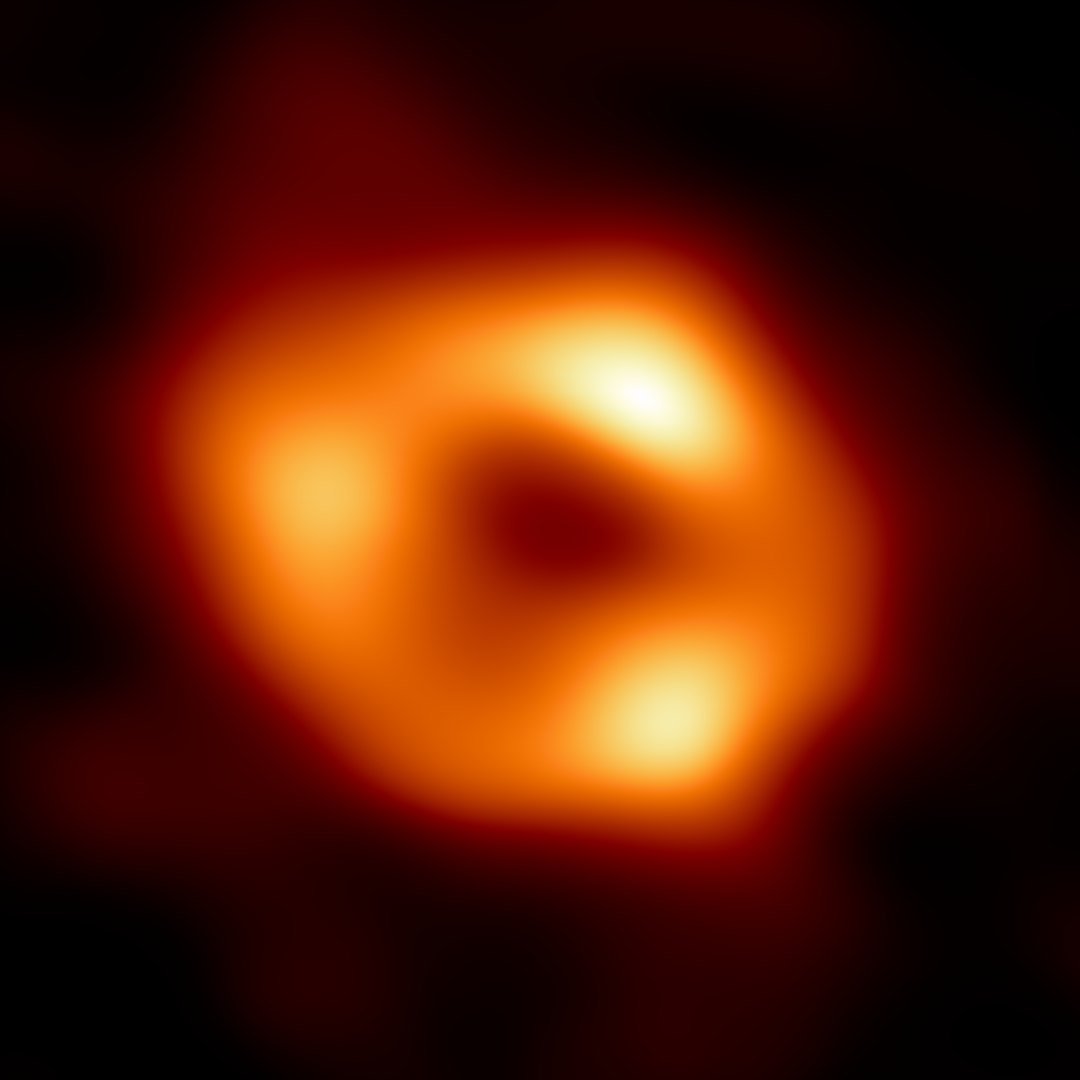
When galaxies collide, it’s not a gentle affair but it does take millions of years. Over this time the two massive star systems slowly merge together, their gravitational pull drawing them closer. At the heart of each galaxy lies a…
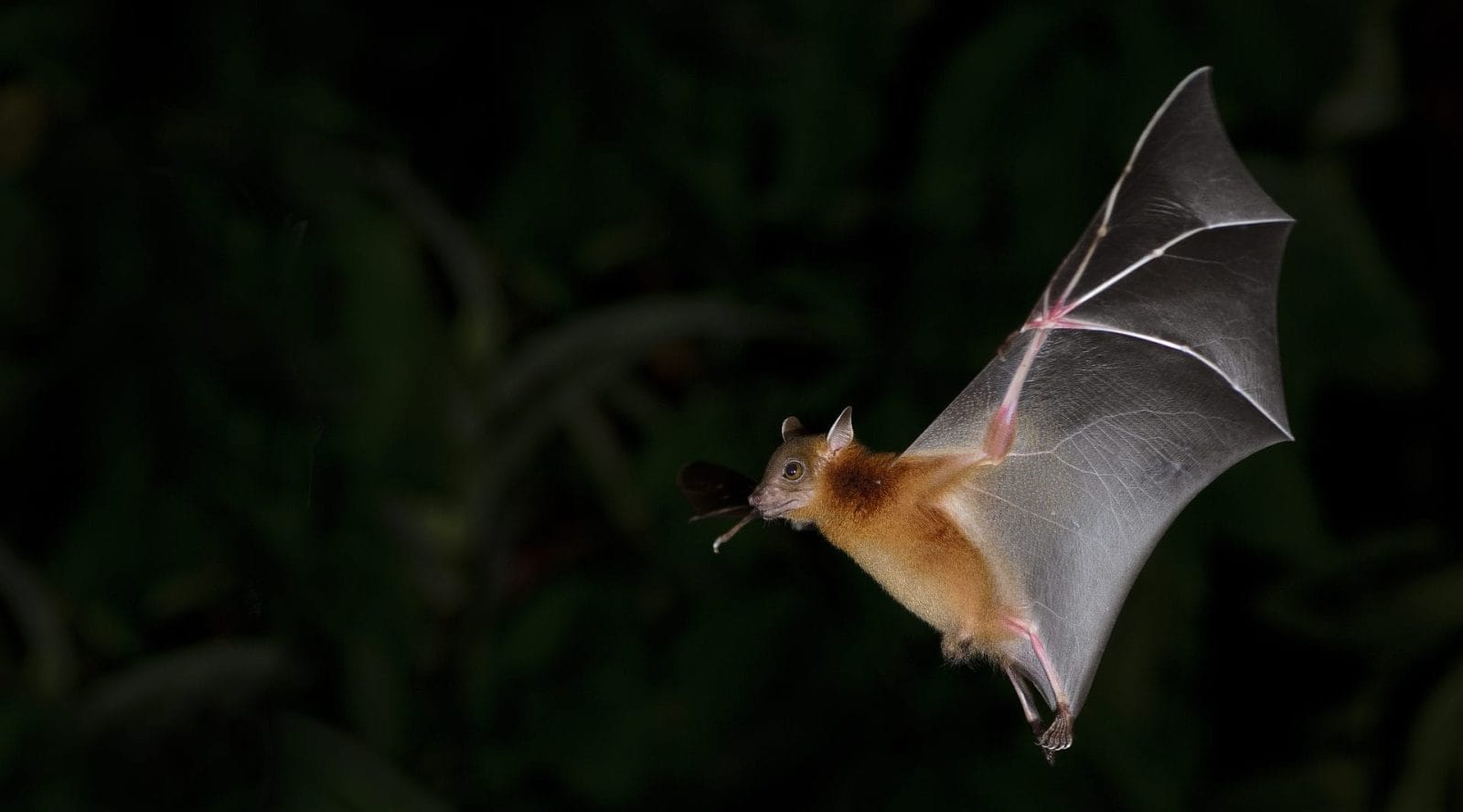
In a discovery that’s changing how scientists view nocturnal predators, researchers have captured the first direct evidence of a bat hunting and eating a bird midflight. According to a new study published in Science detailed how Europe’s…
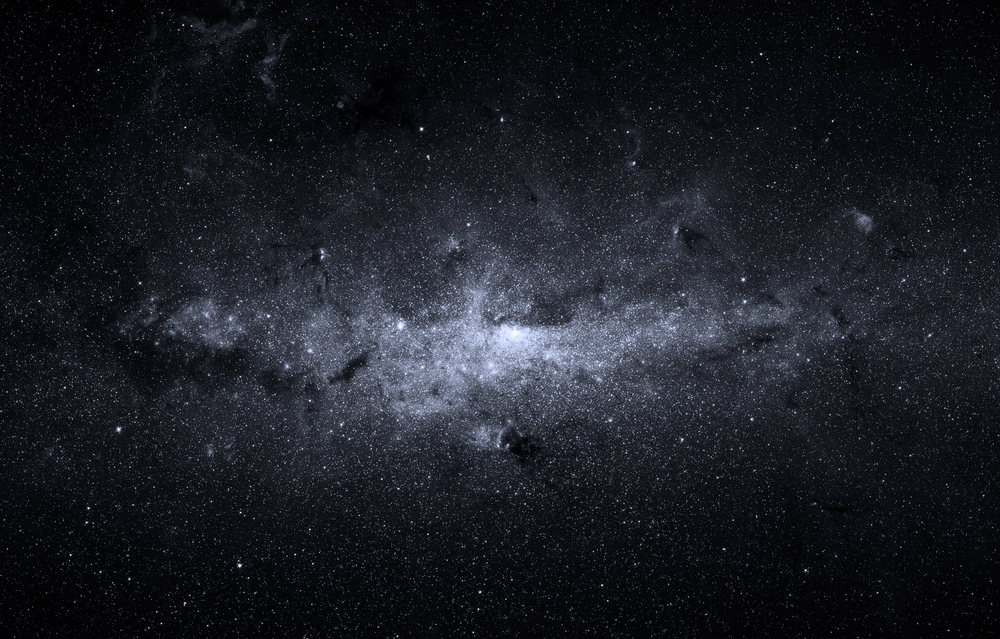
By uncovering the nature of this dark object, theories about the nature of dark matter could be ruled out.
The…